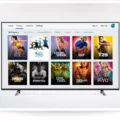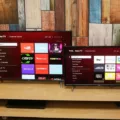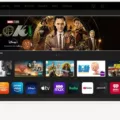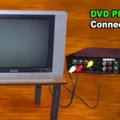If you’re experiencing difficulties connecting your TV to your Wi-Fi network, there are a few steps you can take to troubleshoot the issue. Here are some suggestions to help you establish a connection:
1. Check your network settings: Start by pressing the Settings button on your TV remote and selecting the Advanced option. Look for the Network icon and click on it to access the network settings page. Under Wired Connection (Ethernet) or Wi-Fi Connection, you should see a message indicating that you are connected to the internet. If not, continue troubleshooting.
2. Access TV settings: Make sure your TV is turned on and press the Settings button on your TV remote. Select the All Settings option in the menu. From there, choose the Network option under the General settings.
3. Select Wi-Fi Connection: In the Network settings, navigate to the section where you can choose your internet connection type. Select Wi-Fi Connection, as this is the option you’re troubleshooting.
4. Choose a router and enter the password: In the Wi-Fi Connection section, you should see a list of available routers. Select the one you wish to connect to and enter the password when prompted. Press Enter to confirm.
5. Reset router and modem: If the problem persists, try resetting both your router and cable modem. Locate the Reset button on each device and press it to initialize them. Wait for them to restart and then try connecting your TV to the network again.
6. Network proximity: Sometimes, the distance between your TV and router can affect the strength of the Wi-Fi signal. To improve the connection, try moving the router closer to your TV. This can help minimize any potential interference.
7. Power cycle: Turn off your TV and router completely, wait for a few minutes, and then turn them back on. This simple power cycle can often resolve temporary network issues.
8. Contact your Internet Service Provider: If you’ve tried all the steps above and still can’t establish a connection, it’s possible that there may be an issue with your internet service. Contact your Internet Service Provider and explain the problem to them. They can provide further assistance and troubleshoot the issue on their end.
Remember, troubleshooting network connection issues can vary depending on the specific TV model and network setup. The steps provided here are general guidelines, but always refer to your TV’s user manual or contact the manufacturer’s customer support for model-specific instructions.
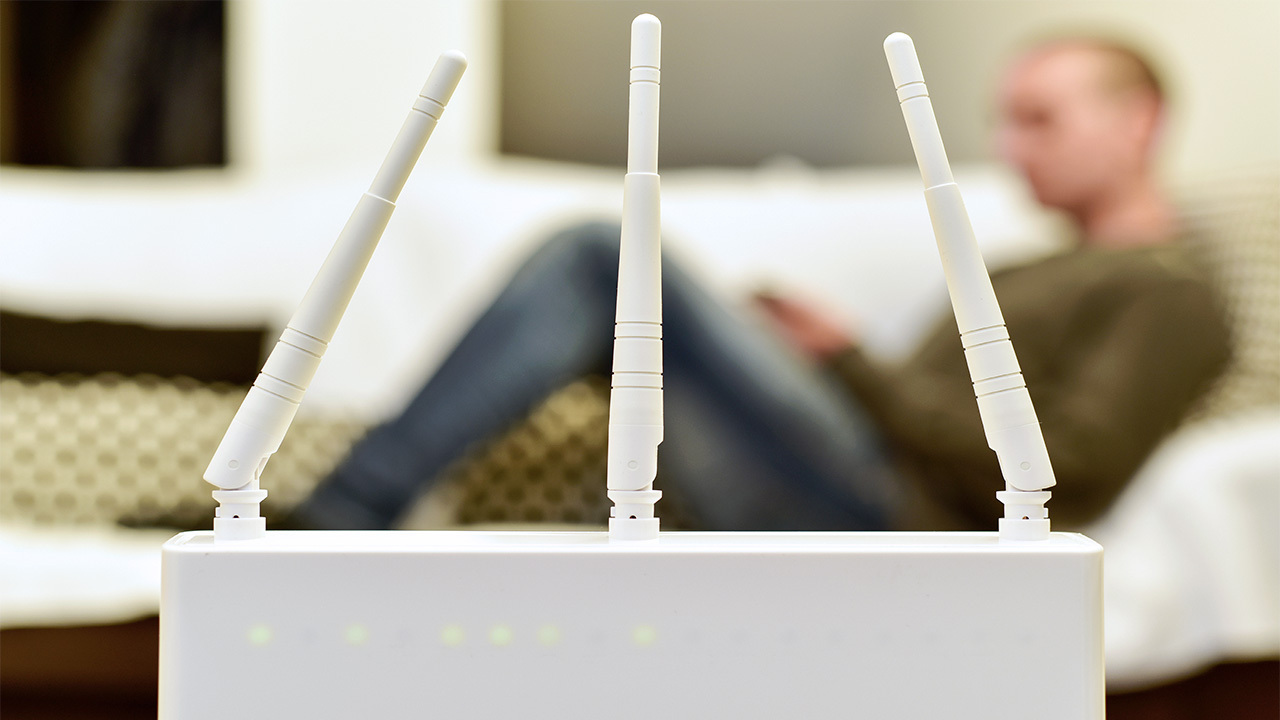
How Do You Check Your Network Connection on Your LG TV?
To check your network connection on your LG TV, follow these steps:
1. Press the Settings button on your remote control. This will open the settings menu.
2. Use the arrow keys on your remote to navigate to the Advanced option. Select it by pressing the OK button.
3. In the Advanced settings menu, scroll down and select the Network option. This will open the network settings page.
4. On the network settings page, you should see two options: Wired Connection (Ethernet) and Wi-Fi Connection. Depending on your network setup, one of these options will be selected.
5. If you are using a wired connection, you will see ‘Connected to Internet’ underneath the Wired Connection (Ethernet) option. This means your TV is successfully connected to the internet via an Ethernet cable.
6. If you are using a Wi-Fi connection, you will see ‘Connected to Internet’ underneath the Wi-Fi Connection option. This means your TV is successfully connected to the internet wirelessly.
7. If you do not see ‘Connected to Internet’ underneath either option, it means your TV is not currently connected to the internet. In this case, you can select the appropriate option (Wired Connection or Wi-Fi Connection) and follow the on-screen instructions to connect to your network.
Please note that the steps may vary slightly depending on the model of your LG TV. However, the general process should be similar.
How Do You Connect Your LG TV to Your Access Point?
To connect your LG TV to your access point, follow these steps:
1. Turn on your TV and grab your TV remote.
2. Press the “Settings” button on your TV remote. This will open the settings menu.
3. In the settings menu, navigate to the “All Settings” option and select it. This will open the general settings menu.
4. In the general settings menu, select the “Network” option. This will open the network settings menu.
5. In the network settings menu, select the “Wi-Fi Connection” option. This will allow you to connect to a Wi-Fi network.
6. A list of available routers will be displayed. Select the router you wish to connect to from the list. If your router is not listed, make sure it is turned on and within range of your TV.
7. Once you have selected the router, you will be prompted to enter the password. Use the remote control to enter the password and press the Enter button when finished.
8. Your TV will attempt to connect to the selected router using the provided password. If the password is correct and the connection is successful, you will see a confirmation message on the screen.
9. Congratulations! Your LG TV is now connected to your access point and you can enjoy various online features and streaming services.
Note: Make sure your access point is properly set up and functioning before attempting to connect your TV.
Why Won’t Your LG TV Connect to Wi-Fi Anymore?
There could be several reasons why your LG TV is not connecting to Wi-Fi anymore. Here are some possible explanations and solutions:
1. Router and modem initialization: Resetting your router and cable modem can help resolve connectivity issues. Press the [Reset] button on both devices to restart them and initialize the connection.
2. Internet service provider (ISP) problems: If the issue persists after resetting your devices, it might be a problem with your ISP. Contact your ISP to check if there are any network or connectivity problems in your area. They can provide further assistance and troubleshoot the issue.
3. Signal strength and distance: Wi-Fi signals can weaken as you move further away from the router. Try moving the router closer to your TV to improve signal strength. This can be done by relocating the router or using a Wi-Fi range extender.
4. Power cycle your devices: Turn off both your TV and router. Wait for a few minutes and then turn them back on. This can help refresh the network connection and resolve any temporary glitches.
5. Network settings: Check the network settings on your LG TV. Make sure the Wi-Fi network is visible and that you have entered the correct password. You can also try forgetting the network and reconnecting to it from scratch.
6. Firmware updates: Ensure that your LG TV has the latest firmware installed. Outdated firmware can cause compatibility issues with Wi-Fi networks. Visit the LG support website and download any available updates for your TV model.
7. Interference from other devices: Other devices in your home, such as cordless phones or microwave ovens, can interfere with Wi-Fi signals. Keep these devices away from your TV and router to minimize interference.
8. Wi-Fi channel congestion: If multiple Wi-Fi networks are using the same channel, it can lead to congestion and connectivity problems. Access your router’s settings and try changing the Wi-Fi channel to a less crowded one.
If none of these solutions work, it is recommended to contact LG customer support or consult a professional technician for further assistance. They can help diagnose the specific issue with your TV and provide appropriate solutions.
Conclusion
Establishing a stable and reliable connection for your TV is essential for accessing online content and enjoying a seamless entertainment experience. By following the steps outlined above, you can troubleshoot and resolve common connection issues. Start by checking your network settings and ensuring that your TV is connected to the internet. If you encounter any problems, consider resetting your router and cable modem, or contacting your Internet service provider for assistance. Additionally, optimizing the placement of your router and restarting both your TV and router can help improve the connection quality. By taking these steps, you can ensure a smooth and uninterrupted streaming experience on your TV.



